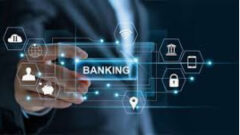Contents
Take a moment to check your memory… Remember the “good old days” when you had to wait in endless queues at the bank, run around to avoid lunch breaks, and fill out a bunch of forms just to make a money transfer? They weren’t so good, were they? Now, we can transfer money, pay our bills, and even open an investment account in seconds while lying on the couch in our pajamas. This magic is called: Digital Banking!
Digital banking enables banking transactions to be carried out over the internet and mobile devices without the need for branches. With user-friendly interfaces, mobile apps, and AI-powered services (like OpenAI or DeepSeek), the classic banking experience has become much faster and more accessible. This system offers great time and cost advantages to both individual customers and businesses. In addition, thanks to the ability to trade 24/7, users can manage their financial transactions on their own time.
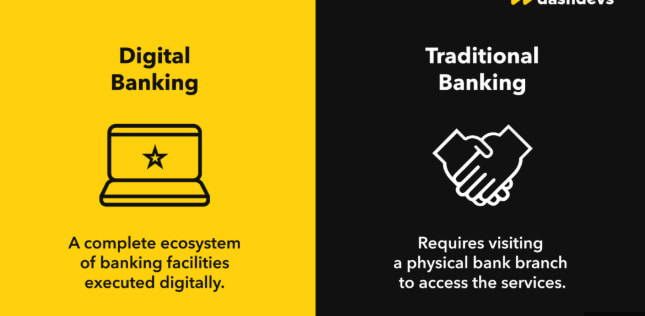
In this new model, the customer satisfaction-oriented service approach stands out. The ability of users to receive support whenever they need it and to carry out their transactions safely and quickly makes digital banking attractive. Especially with the pandemic process, the interest and usage rate in digital banking has increased significantly, and banks have accelerated their investments in this area.
In this article, we will delve into the depths of this concept that we often hear but perhaps do not know exactly what it means. Is digital banking just a mobile application? What kind of convenience does it bring to our lives? So, how safe is all this convenience? Let’s leave those complicated banking terms aside and discover this financial revolution in our pockets in its simplest and most sincere way.
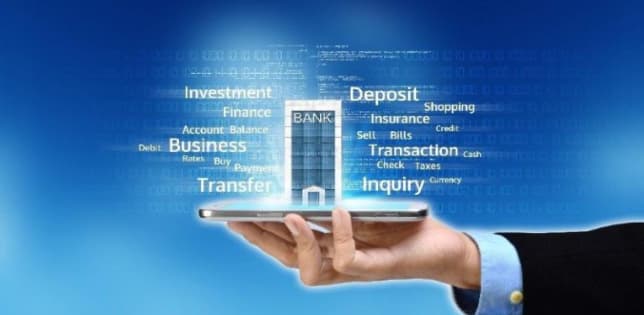
Not Just Mobile: What Exactly Is Digital Banking?
Let’s start from the basics. This type of banking is the realization of almost all transactions that you traditionally make at a bank branch, via digital channels, via the internet or mobile devices. However, this definition is a bit incomplete. Digital banking is not just “sending money over the internet”; it is the transformation of the bank’s way of doing business into a completely digital ecosystem. Imagine a world where everything from being a customer to applying for a loan, from investment consultancy to insurance transactions starts and ends digitally, without the need for a physical location.
So, what is the difference between Internet Banking, Mobile Banking and Digital Banking? Internet banking is the transactions you make through the bank’s website. Mobile banking, on the other hand, is the transactions you make through the application you download to your smartphone. Digital banking is an umbrella concept that encompasses both of these and even goes further. It not only transfers existing services to digital, but also aims to offer completely digital, user-oriented and innovative financial products.
The most exciting result of this revolution is the emergence of a new generation of banks called “Branchless Banking” or “Neobanks“. These banks do not have physical branches, tellers or queue numbers as we know them. Since they conduct all their operations through digital infrastructure, they save on many expenses such as rent and personnel. They usually pass this savings on to their customers as lower fees, free money transfers and more advantageous interest rates.
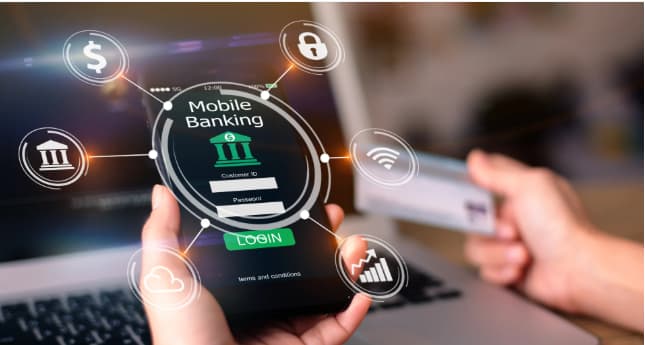
Fintechs and Branchless Transactions
What can you do through digital banking channels? Actually, almost everything! 24/7 money transfer (Bank Transfer), payment of all your bills (electricity, water, telephone, natural gas), purchase and sale of stocks or investment funds, foreign exchange transactions, payment of credit card debt and limit management, purchase of insurance policies and most importantly, apply for a consumer or vehicle loan with just a few clicks, without ever going to a branch… The list goes on.
The driving force behind all this transformation is “Fintech”, or Financial Technologies. Fintech companies are technology companies that challenge the cumbersome and slow structures of traditional banks, develop user-friendly interfaces, artificial intelligence-supported solutions and innovative products. Traditional banks have also had to make huge investments in digitalization in order to keep up with this fintech wind and not fall behind in the competition. In the end, the winners are us, the customers, who receive better service.
Waiting in Line is History: Advantages of Digital Banking
- To understand why digital banking is so popular, it is enough to look at the magnificent advantages it offers. The most important of these is undoubtedly “Freedom and Convenience“. Your bank is now in your pocket and open 24/7. You can make a money transfer that comes to your mind in the middle of the night, and pay your bill while sipping your coffee on Sunday morning. The stress of making it to the bank’s closing time (end of business hours) is completely eliminated. This independence of time and place is one of the greatest luxuries of modern life.
- The second big advantage is Speed! There used to be days when we waited for a money transfer to be transferred to the other account. Now, it happens in seconds. While it used to take days to learn the result of a loan application, now you can get pre-approval in minutes. In this age when time is our most valuable asset, digital banking gives us back our hours, even days.
- Now let’s come to the part that concerns our wallets the most: Lower Costs. As we mentioned before, the operational costs of such banks without branches are much lower. In this way, they can avoid charging account maintenance fees to their customers and make money transfers completely free of charge. With increasing competition, traditional banks have also started to be more generous to their customers in this regard.
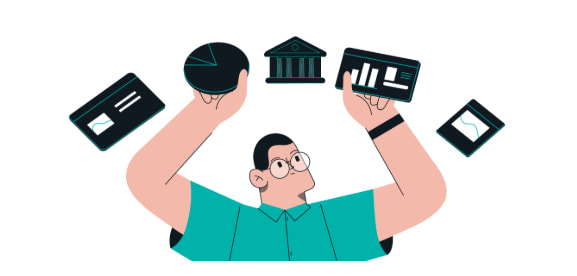
Personalized Experiences and Digitalization
Digital channels provide us with more control and transparency over our money than ever before. You can see all your accounts, expenses, and investments instantly on a single screen. Many applications help you see clearly where your money goes at the end of the month by categorizing your expenses into categories such as “food,” “transportation,” and “entertainment.” This way, you can manage your budget more easily and set savings goals.
Finally, digital banking offers a personalized experience. Banks can analyze your financial data and offer you personalized products and recommendations. For example, they can recommend a more suitable credit card for you by looking at your spending habits, recommend a special investment fund for you according to your savings goals, or define a pre-approved credit limit for you according to your payment capacity. This means that your bank turns into a personal financial advisor who knows you.
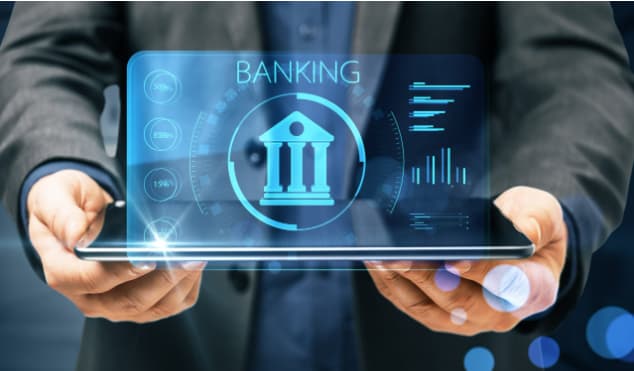
Security: What to Consider in Digital Banking
Despite all these conveniences, the biggest question on everyone’s mind is: “Is this system secure?” This is a completely legitimate concern. However, you should know that since banks generate the majority of their income from digital channels, they make huge investments in the security of these systems. Your security is their top priority. Your data is protected with advanced encryption methods and your transactions are usually secured with multi-step verification systems.
However, security is not one-sided; it is a shared responsibility. There are simple but vital precautions you should take. Never share your banking password with anyone and make sure it is not easily guessable, such as your date of birth. Never trust suspicious messages (phishing) that come to your phone or e-mail, such as “your loan has been approved, click on the link”. Perform your banking transactions over your own mobile data or your home’s secure network instead of public and insecure Wi-Fi networks.
The future of digital banking is even more exciting than today. Artificial Intelligence (AI)-powered financial assistants (chatbots) will provide you with personal budget consulting 24/7. They will analyze your spending and make proactive suggestions such as, “You spent a lot on eating out this month, let’s limit your spending in this category.” It will be like having a personal financial coach in your pocket.
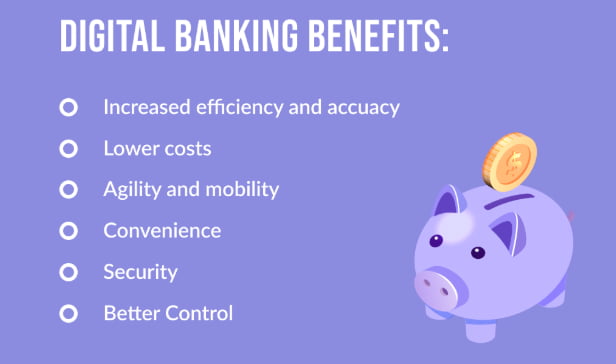
Open Banking and Cashless Society
Another revolution is “Open Banking”. Thanks to this technology, it is now possible to see and manage all your accounts in different banks through the application of a single bank or a fintech company. In other words, you will be able to pay your credit card debt in bank B from your current account in bank A through the mobile application of bank C. This will offer incredible convenience that combines your entire financial life on a single screen.
All these developments are gradually leading us towards a “cashless society”. Digital wallets, QR code payments, contactless cards and the spread of online shopping are gradually reducing the need for physical money. In the future, instead of carrying a wallet, the days when we will do all our financial transactions only through our phones or smart watches are not far away. Digital banking is at the very center of this transformation.
As you can see, digital banking is no longer a concept of the future, but a reality of today. It is a powerful tool that makes our lives easier, saves us time and money, and most importantly, gives us full control over our financial situation.
This technology, which eliminates the hassle of waiting in line, provides 24/7 service and brings all banking transactions to our fingertips, can be our greatest financial assistant when used correctly and consciously. As long as you pay attention to security steps, there is nothing to fear.
If you are still not taking advantage of all the benefits of digital banking, now is the time! Download your bank’s mobile app, mix its features and see for yourself how much easier it makes your life.
